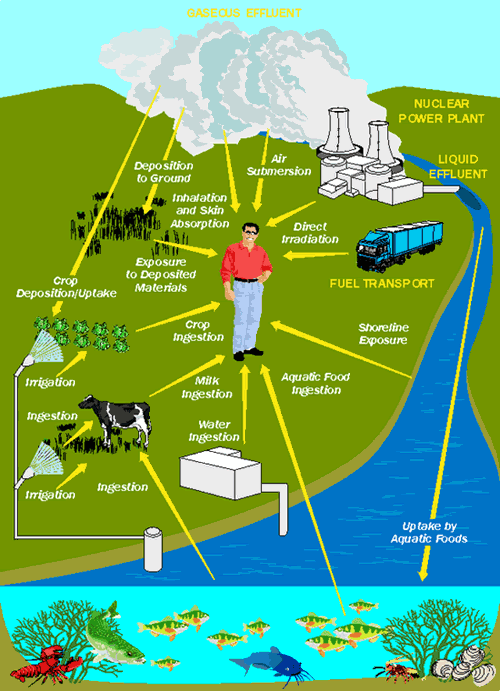The Defense Department, the nation's biggest polluter, is resisting orders from the Environmental Protection Agency to clean up Fort Meade and two other military bases where the EPA says dumped chemicals pose "imminent and substantial" dangers to public health and the environment.
The Pentagon has also declined to sign agreements required by law that cover 12 other military sites on the Superfund list of the most polluted places in the country. The contracts would spell out a remediation plan, set schedules, and allow the EPA to oversee the work and assess penalties if milestones are missed.
The actions are part of a standoff between the Pentagon and environmental regulators that has been building during the Bush administration, leaving the EPA in a legal limbo as it addresses growing concerns about contaminants on military bases that are seeping into drinking water aquifers and soil.
Sources:
1
2
3

The Center For Public Integrity: Wasting Away: Superfund's Toxic Legacy
Defense Environmental Cleanup
The Defense Environmental Cleanup (DEC) budget provides for the cleanup and risk reduction of former nuclear weapons production complex sites including all closure sites, Idaho National Laboratory, Oak Ridge, Office of River Protection-Tank Farm Activities, Office of River Protection-Waste Treatment and Immobilization Plant, Hanford Site-2012 Completion Projects, Hanford Site-2035 Completion Projects, Savannah River Site-2012 Completion Projects, Savannah River Site-2035 Completion Projects, Savannah River Site-Tank Farm Activities, Waste Isolation Pilot Plant, NNSA Sites, Federal Contribution to the Uranium Enrichment D&D Fund, Program Direction, Program Support, Technology Development and Deployment, and Safeguards and Security.
The DEC program is the world's largest and most expensive cleanup program at $5.3 billion this year. The DEC program has the responsibility to clean up the toxic and radioactive legacy of Cold War nuclear weapons production at more than 130 sites around the country. The Administration has claimed that "accelerating cleanup" at some sites would still result in adequate funding for cleanup up of the most contaminated sites. It seems that this will not be the case. At dozens of sites around the country, DOE's "accelerated cleanup plan" consists of "isolating" radioactive and toxic waste from the environment by simply piling dirt on top of it. Radioactive materials also continue to be dumped into unlined soil ditches that do not even meet the basic requirements for municipal landfills. DOE is attempting to shirk its responsibility to clean up the 239 underground tanks containing approximately 90 million gallons of high-level waste. Over the last two years the DOE recommended withholding millions of cleanup dollars until affected states agree to accept lower cleanup standards for high-level waste-standards that would be inadequate to protect important water resources, such as the Snake River Aquifer, the Tuscaloosa Aquifer, and the Columbia River. Additionally, much of DEC's budget does not go to real clean-up work. The DOE has used the cover of environmental programs to fund billions of dollars of maintenance for the weapons complex. For example, DEC pays for reprocessing at the Savannah River site, even though that activity increases the stockpile of separated plutonium while generating even more highly radioactive liquid wastes.
Congress must ensure adequate funding to meet all health, safety and environmental requirements and to comply with legal mandates. Money for work unrelated to cleanup, such as reprocessing, should be stripped from the budget.
FY 09 Recommendation:
Defense Environmental Cleanup Program- $ 5.9 billion
An increase of $648.9 million over the FY 08 enacted level of $5.3 billion
Check out the entire Green Budget: National Funding Priorities for the Environment ~ FY 09

Additional DATA Links/Programming by DPC
Defense Technical Information Center (DTIC)
Nuclear accidents buried beneath 76 acres

